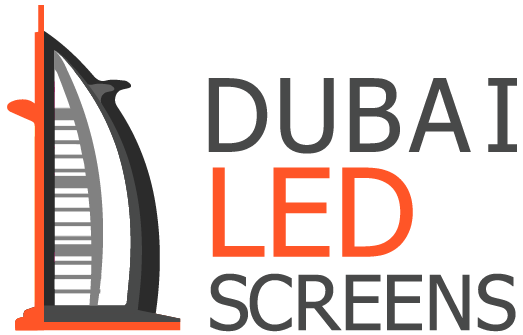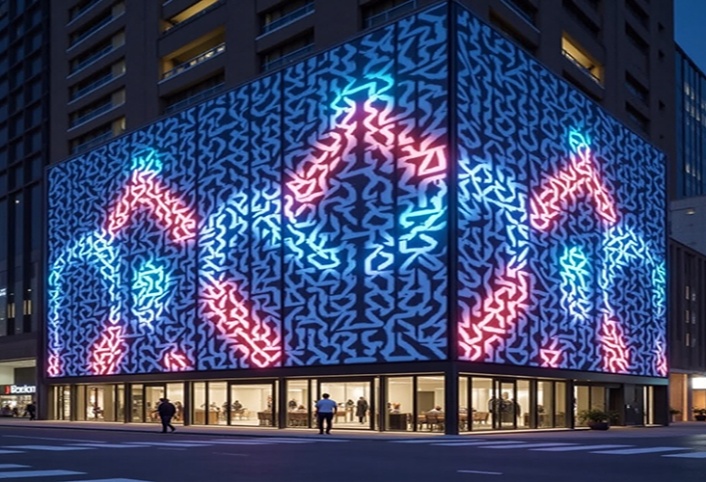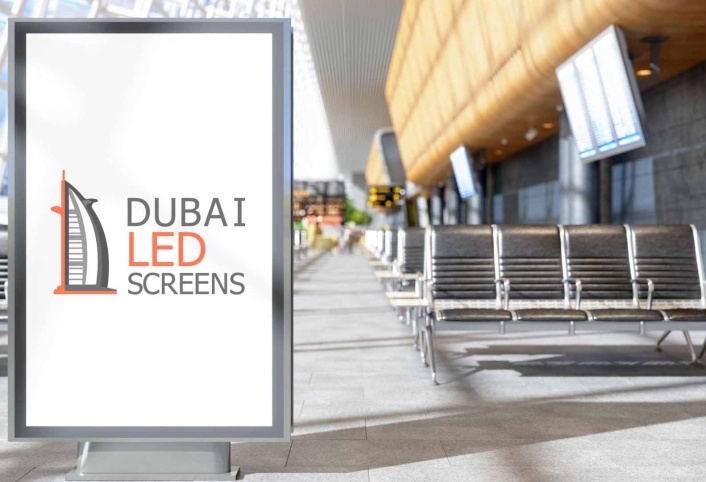Introduction:
The era of rigid, boxy displays is over—welcome to the age of flexible and foldable LED screens. These technological marvels aren’t just futuristic concepts; they’re here, turning heads at exhibitions, transforming architectural spaces, and redefining brand storytelling in bold new ways. Whether it’s a billboard that curves around a pillar or a screen that folds into a suitcase, the potential is as limitless as your imagination.
1. Freedom of Form
One of the most exciting features of flexible LED screens is their adaptability. They can wrap around corners, curve to hug columns, or flow like digital fabric across uneven surfaces. Designers and marketers love them because they break the mold—literally. There’s no need to build a space around a screen; now, the screen molds itself to your space.
2. Lightweight, Durable, and Dynamic
Despite their ability to bend and fold, these displays are no less powerful. With high-resolution output, vibrant color, and superior brightness, flexible LED screens hold their own against traditional displays. Even better, they’re built to last, made from materials that can take a bend without breaking. Plus, being lightweight makes installation easier and more cost-effective.
3. Applications That Impress
Retail environments use them to create wow-factor displays that pull customers in. Event planners love their portability and flexibility for quick setups. And architects? They’re integrating them directly into building facades for jaw-dropping digital effects. The mix of form and function makes flexible screens one of the most exciting tools in the visual design toolbox.
Conclusion:
Flexible and foldable LED screens aren’t just changing how we display content—they’re changing where and why we display it. They offer creativity without limits, mobility without compromise, and design without restriction. The future isn’t flat—it’s flexible.





